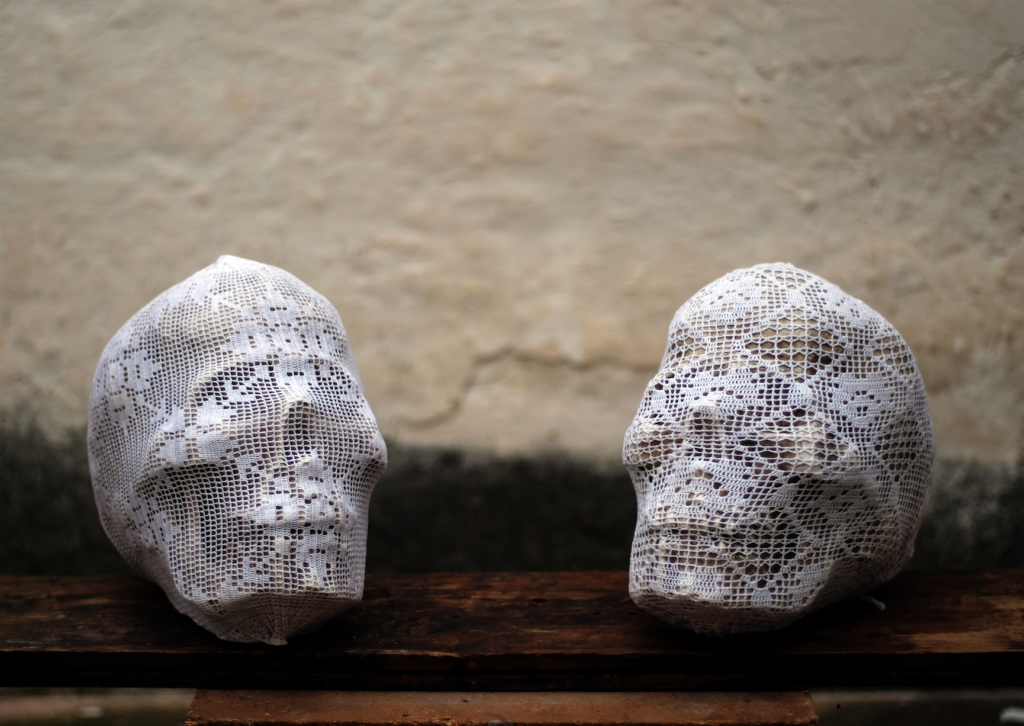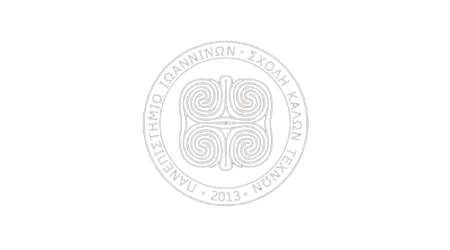Le Comari
The artwork consists of two plaster-cast skulls, originally sculpted in clay and draped with delicate doilies gifted by elderly women. Drawing on multiple iconographic references - from the veils once worn by grandmothers during Mass to the classical symbolism of the skull, representing the transience of things and man, they create a rupture between the past and the present, engaging the viewer’s attention on the interplay of solids and voids, focusing the gaze and mind on Enlightenment illusions and the various contrasts that time and our society reflect upon.
The artwork creates a dialogue on tradition and its evolution, on how it shapes itself over time in our minds, and in doing so, it creates a disturbing element in the viewer’s gaze. Memory, like all reality, is subjected to processes of change and metamorphosis, especially regarding its perception. However, what is fundamental is the human ability to remember and connect certain identity traits from the past to one’s existing personality, determining some of its nuances. Past traditions, some of which have now disappeared, are part of us as if they were part of the past of a single collective entity, that of humankind. By grounding ourselves in this common heritage, the work suggests, we can face the future more consciously - rooted in origin, yet open to connection with others.




